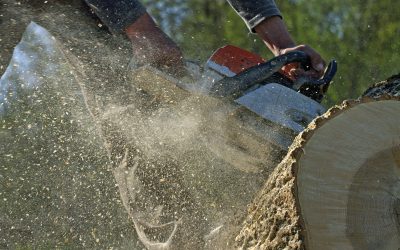Straps or bands are used on many different applications. The strap is a fairly narrow band that wraps around something to hold it closed, or to bundle things together or, to hold something else in position. The principle is akin to placing duct tape over the edges of a box lid and taping it shut except that strapping will go around all four sides of the box. Straps are usually used to seal up boxes contain items that have some weight to them. Straps are also used to transport a number of metal pipes by laying them side by side and then up on top of each other in a triangular arrangement. Straps at each end placed around the triangle and tightened plus one or more straps around the pipes along their length will hold a bundle of pipe sufficiently well for it to be lifted for loading and transportation.
These techniques can also be used to fix hose over metal spigots or flanges and couplings; they can even be used to hold street signs in place on sign posts or poles. Different types of fixing require different types of bands; generally, the tighter and stronger the fixing must be – so must the band material. At one end of the scale we could even say that we have string and fabric ribbons; then might come those plastic ties we use to keep wiring tidy. Moving up the strength scale, we come to flat plastic band straps and then, the strongest of all, for all those really heavy duty or long lasting fixings, we have metal strapping.
Pulling The Strap Tight And Fixing The Ends In Place
String and ribbon can be pulled tight by hand and the ends joined in a knot or a bow but how do you translate that into joining a flat strip of plastic (let alone metal) that can be anything from 3/8 to1 ¼ inch wide by 0.030 to 0.035 inch thick? You certainly could not tie that in a knot by hand!
Plastic Or Metal Strapping Tools Will Be Needed
Usually, these tools are hand held so they can be taken to wherever they are needed. Compressed air or battery electric driven Metal Strapping Tools are available but most users prefer hand operated (usually by way of a ratchet or a threaded worm type drive). The tools hold one end of the band in place and the other end is passed around the object and placed on top of the first end. Sometimes a buckle type arrangement (known as a seal will be used).
The second end is then pulled along the line of the first end until sufficient grip (tension) has been achieved. The “buckle is then sealed or, the two ends of the strip are forced into a notched type fixture one with the other and the job is over for that band strap.

